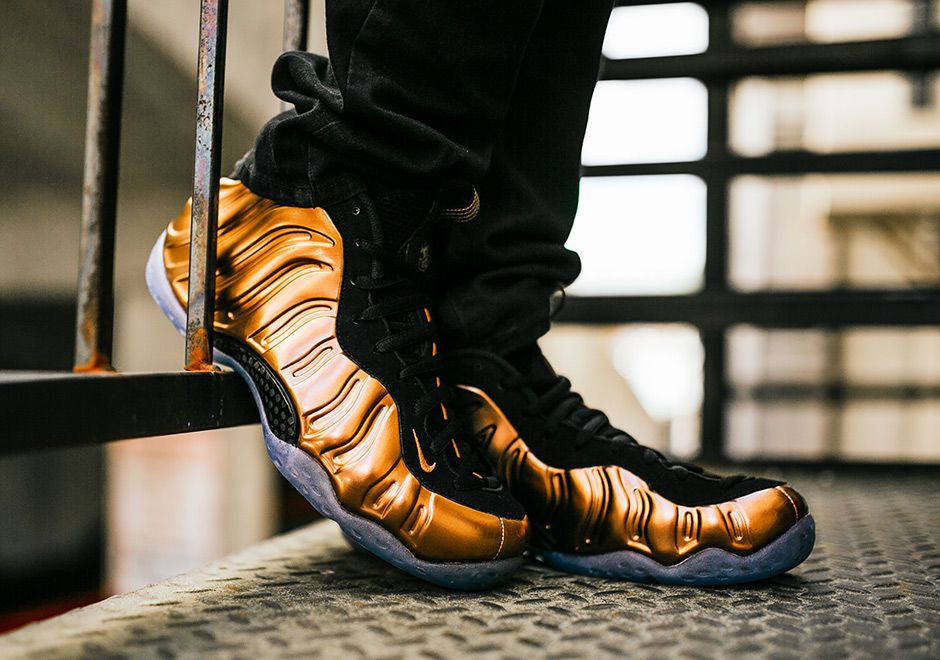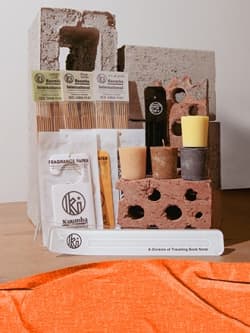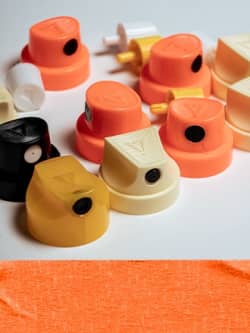#FactsFriday - The Nike Foamposite

The Nike Air Foamposite One was released in 1997. The sneaker remains on top with high performance built with a well constructive upper and a collection of iridescent colours. The innovative technology used for it has not only provided a distinctive structure fit for a human foot, but also impressive in designs. Chosen by Penny Hardaway, the sneaker ultimately became an icon on the hardwood and street. Being a product of Nike Basketball, the Foam One is among one of elite sneakers worn by not only players but those who are sneakerheads as well.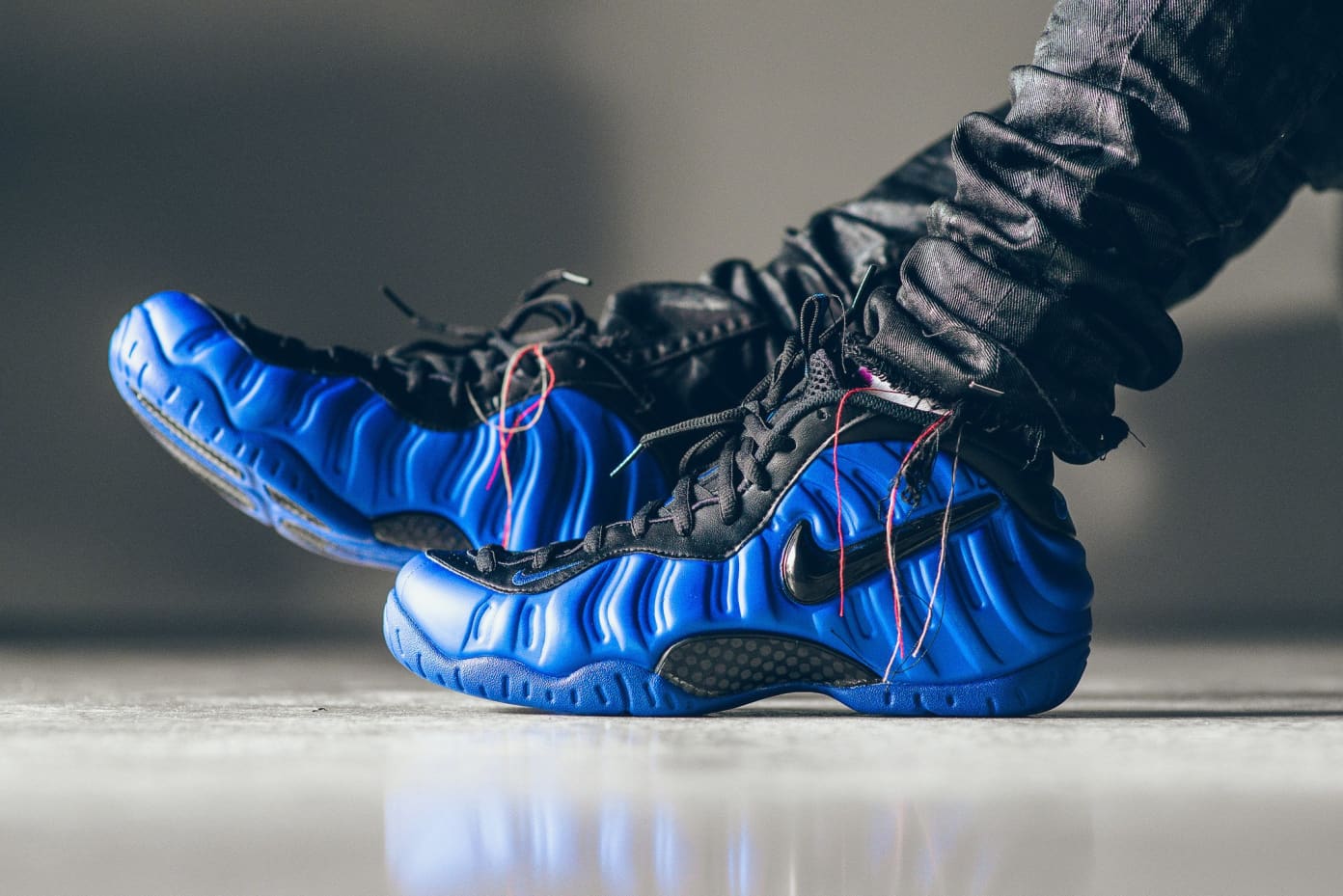
By the year 1997, Nike was already sitting pretty. They'd been achieving record breaking success for years with kicks like the Air Force 1, the Air Max line, and obviously Michael Jordan's pro models. They had more than enough popular models to stay successful without ever taking a risk again. Thankfully, Nike's dedication to innovating sports footwear was genuine, and they weren't going to rest on their glory. The world was about to see just how far they'd go to advance basketball shoes in a major way. It all started in the previous year when Eric Avar began designing a shoe with Scottie Pippen in mind. He found inspiration in the exoskeletons of beetles, in particular their aero dynamics. His basic looking shoe would revolutionize basketball footwear, but would take some serious technology to make it happen. Though the idea of creating a product of simplicity that utilized complex technology excited the execs at Nike, Avar's actual vision was not welcomed with open arms. Upon seeing the original concept, designers and manufacturers alike both voiced their concerns about the possibility of creating such a shoe due to the radical materials and composition involved. The idea of taking a liquid, hardening it in a mold, and attaching a sole to it just seemed a little too risky.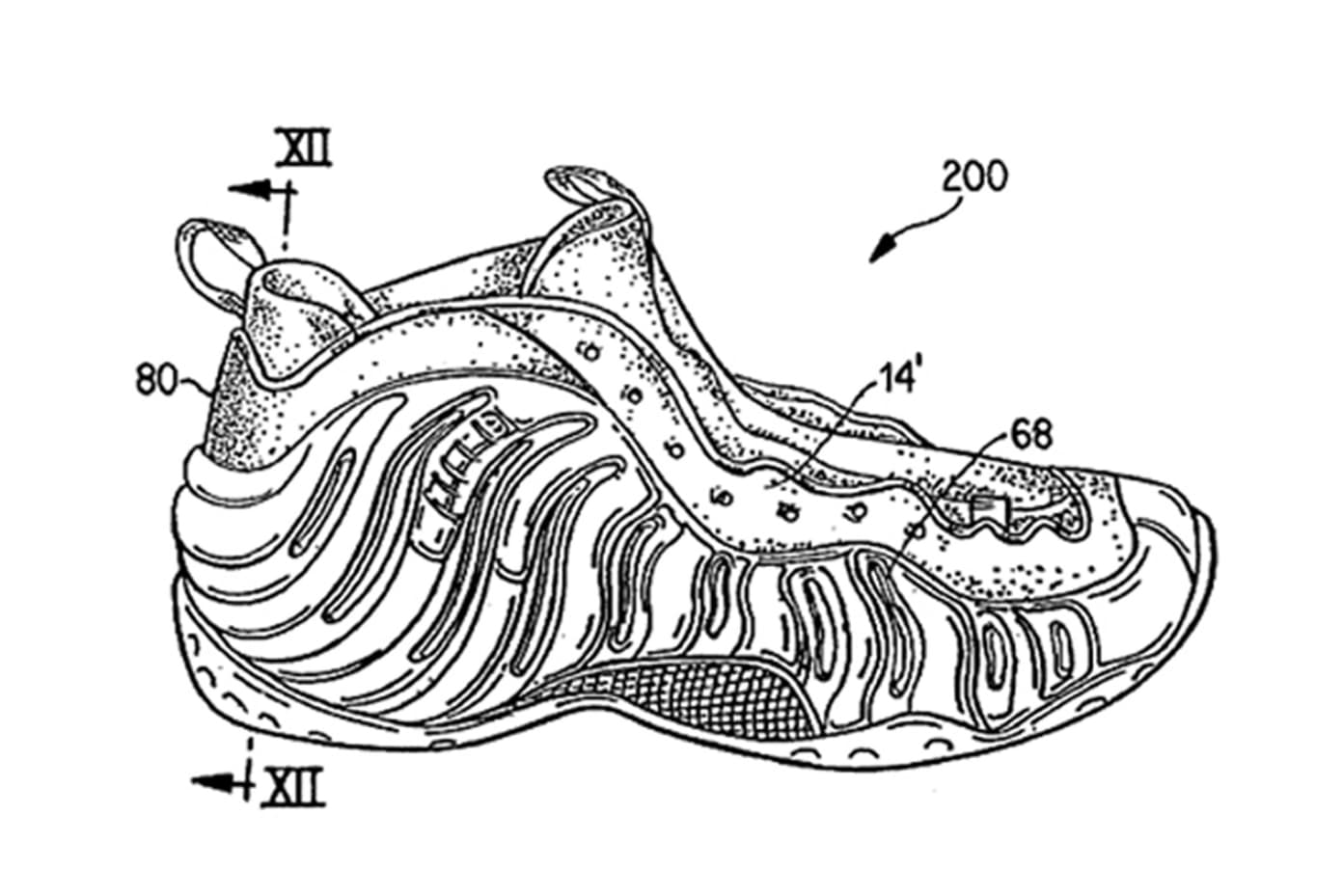
Flash forward a little bit to a meeting between Avar and four-time NBA All Star Anfernee "Penny" Hardaway to discuss possible options for a signature sneaker. After sifting through a few samples, Penny realized that none of those styles were particularly wowing him. As he was entertaining the uninspiring designs he asked about the sealed bag that Avar had brought along. Avar knew the bag contained the Air Foamposite One prototype, so assured him that there was nothing of importance inside, which of course did nothing but raise Penny's curiosity. After some time he was told he could open the bag and knew from the jump that that had to be his shoe. Thanks to Penny's persistence and dedication to the previously discarded idea, Nike agreed that they would try to figure out how to get it done. Initial meetings with major companies proved to be frustrating in that no one seemed to think a mold could be created to bring Avar's big idea to life. Finally they got the answer they were looking for from the Korean-based corporation Daewoo, who were already widely known for their automobiles and televisions. They could create a mold to produce what Nike needed, flexibility and stability included, but it would not be cheap by any means. This turned out to be true, as the original Foamposite mold ran the Swoosh upwards of $750,000.
At long last, the first Air Foamposite One, nicknamed the "Dark Neon Royal," was released to the public with the then outrageous price tag of $180. In Nike's defense, the high cost was necessary after they considered the high production cost. That $750,000 sum we mentioned before didn't count cost of labour, packaging, shipping, marketing, or much of anything else really. The debut colourway was safe enough, borrowing heavily from Penny's Orlando Magic uniform, but its polyurethane-based upper and prominent carbon plate looked like it had appeared straight off of a spaceship. Simply put, people had never seen a shoe like this before, so to say that it blew minds while simultaneously stirring intense controversy would be a huge understatement. It seemed that for every fan of the Air Foamposite One's technical advancements there would be a critic that claimed it would ruin the footwear world forever due to its lack of traditional materials such as leather and stitching. Much like Jordan's debut sneaker, the NBA decided that they weren't going to approve the shoe because they felt it did not contain enough black to match Penny's uniform. The problems were really starting to add up.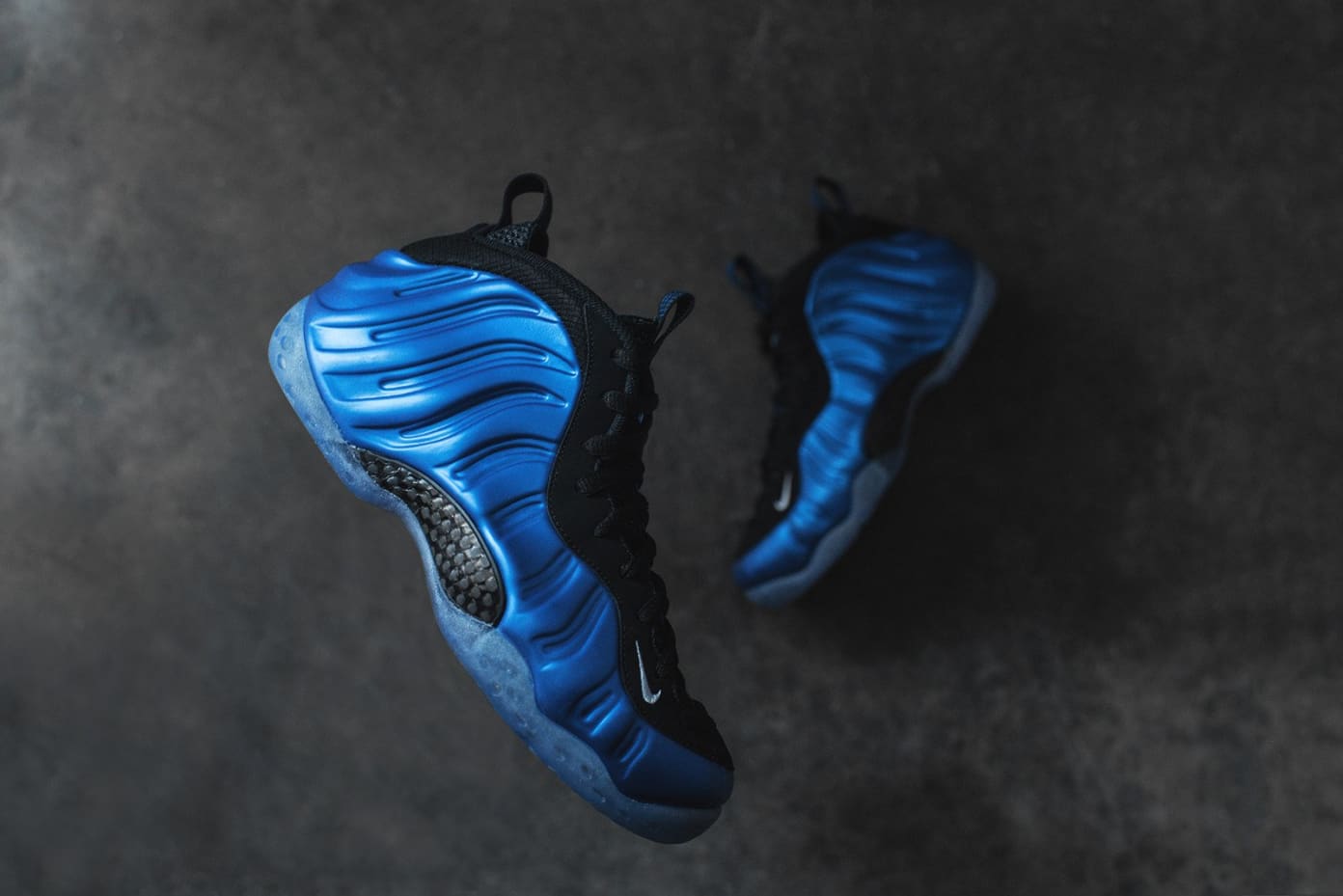
All of the negative attention the Air Foamposite Ones were receiving did nothing to help sales. From the League's restrictions to the dismayed public who couldn't accept the innovation in front of them, most stores were having a seriously hard time moving units. Many retailers were forced to lower the price in hoping that customers would eventually catch on, they felt charging $180 was not helping one bit. Nike obviously had to step their marketing up on this one. Just when things were looking pretty bad, several key things happened. First, a University of Arizona Wild Cat by the name of Mike Bibby became the first player to rock the Foams on the court. This happened on March 23, 1997, at which time Penny was still rocking his beloved Air Penny IIs in the pros. Seeing them in action began sparking some interest in consumers, and in Penny himself, who began wearing them just a few games later. Rather than ask Nike to change up the colourway Penny decided to fill the grooves in the sides of the Air Foamposite One with a black Sharpie marker. This allowed him to adhere to the NBA's 50/50 colour rule that had stopped him before this was a true sneakerhead move. Again, all of this on court love was contributing to a rising fan base for the Air Foamposite One, but Nike decided they needed an even bigger push. This came in the form of exclusivity, a then-novel but now guiding principle behind almost all of Nike's releases. One famous example is the entire country of Sweden receiving only 150 pairs of the sneakers, which they knew would create a higher demand than if they were readily available to all who were interested.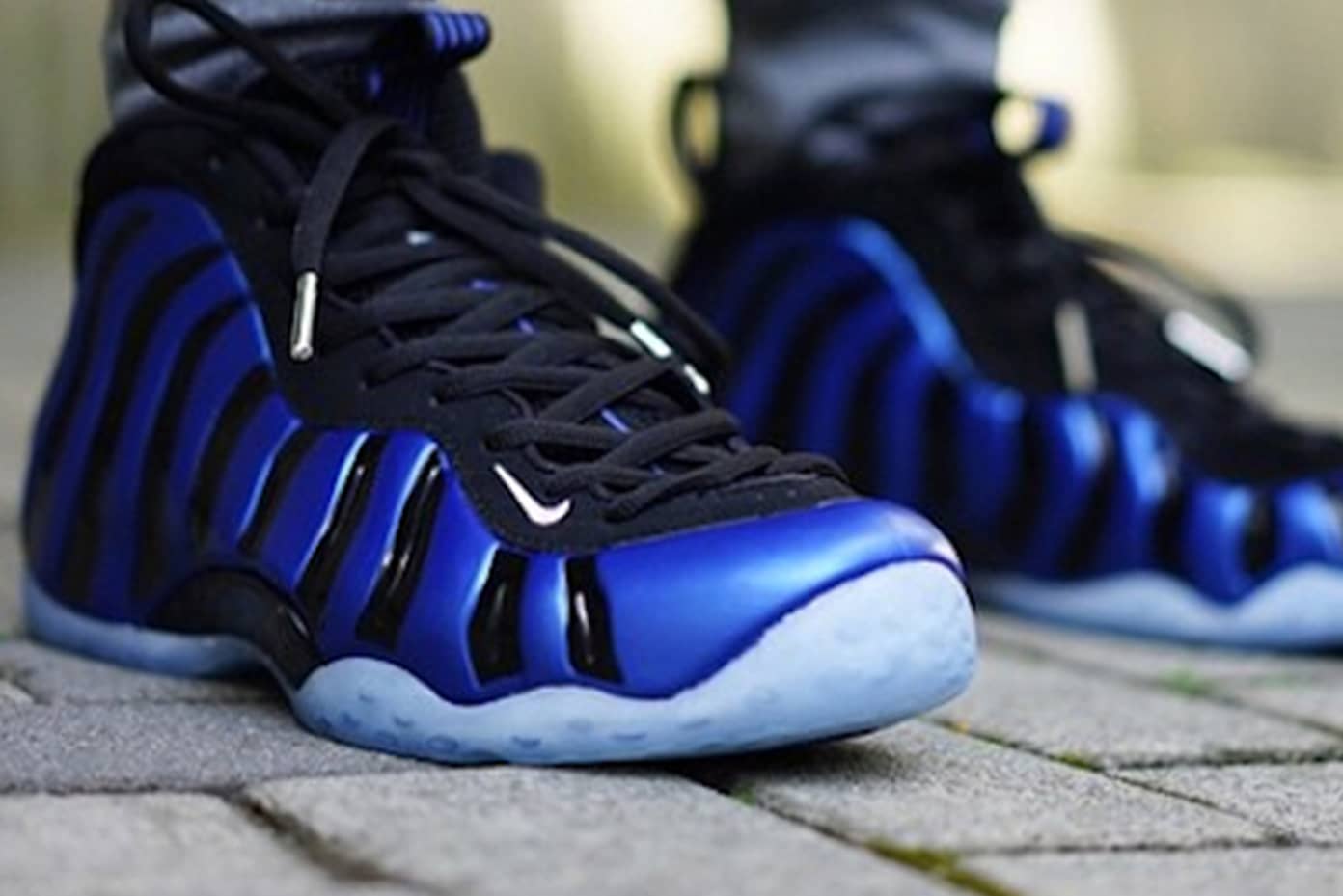
While all of these tactics helped sell the Air Foamposite One in decent numbers, the shoe never truly shook its polarizing effect on sneaker fans. Not too long after its release Nike used the mold yet again to create the Air Foamposite Pro. This was essentially the same sneaker minus all Penny-branding but plus a side Swoosh on the previously baron lateral heel. They retailed this model for $170 as opposed to $180 for the Ones. While people oftentimes confuse the two sneakers, a true fan can easily spot the difference. The latter received a handful colourways in its initial run, but still ran into the same set of problems as the One had earlier in the year. After this, Nike decided to discontinue the Foamposite line. In doing so they destroyed the aforementioned $750,000 mold, since they clearly had no intentions to retro them in the future. While the project had definitely seen some pretty miserable days, this actually appeared to be the end.
By 2002 the folks at Nike figured that maybe the world's taste could now handle the Foamposite design. The Air Foamposite Pros were the first to be retroed, seeing a better response than they had the first time around. Four years later, in 2006, a promising young NBA star by the name of LeBron James' fourth professional sneaker utilized the Foamposite technology, further cementing its "cool," and building more hype around a retro version of Penny's Air Foamposite One. Finally, ten years after their initial release, Nike decided to retro the Air Foamposite One in 2007. Again, the response was way better the second time around, proving that despite being a fantastic design from the beginning, people were just not ready to take that big of a leap yet. Today both versions of the iconic silhouette are in rotation, garnering a bigger and bigger following as time goes on. Though it appeared that the idea would never truly catch on, the Foamposites have both joined the ranks of Jordans, Air Max 1s, and Nike SB Dunks as some of the most highly sought after and collectable shoes that Nike has.